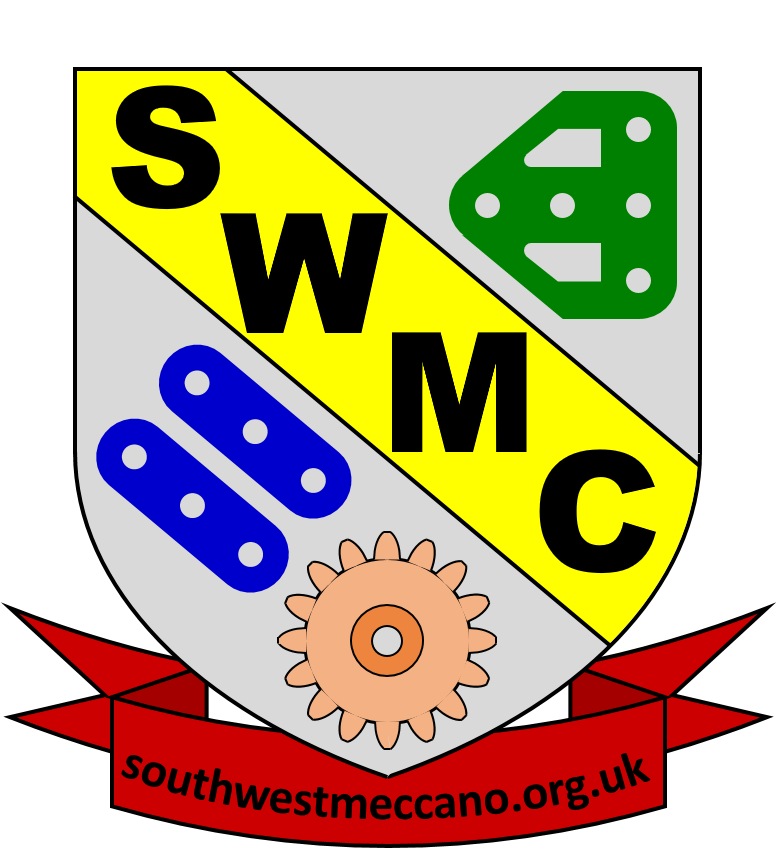Notes on my model of the Sopwith Camel
The model was built largely from Chris Bourne’s instructions at http://www.users.zetnet.co.uk/dms/meccano/camel/index.htm,
although I found them rather hard to follow at some points. The few differences I made were in using the old tinplate road wheels and propeller blades which look more like the original, and hinging the rudder so that it could move. I used a small non-meccano motor to give more space in the cockpit, and pulley/belt drive rather than gears. I also used bulbs from a mag-lite which fitted inside the couplings used to model the machine guns; 3mm diameter LEDs could be used instead. I made a separate unit to flash these on and off to simulate firing, using the Meccano electronic photocell. If I had time I would build it into the fuselage so that firing could synchronise with the propeller.
The main features of the original which are demonstrated include;
“Camel Hump” fuselage over the twin machine guns which fired through the propeller arc.
Suspension of landing wheels and skid by elastic.
Petrol tank immediately behind the pilot’s seat!
Correct angle of wings (upper wings flat, lower wings upward dihedral angle) maintained by the tension in the crossed over wires between them.
The heavy rotary engine, with cylinders made from 9 worm gears that rotate en masse, has a considerable gyroscopic effect. This can be seen with the plane suspended by thin string from the ceiling - when the propeller is started, the plane veers to the right.
The single-speed engine had to be slowed down for landing by “blipping” the ignition on and off.
I hope you agree that this is a fascinating model – it was much enjoyed by visitors to an exhibition commemorating the centenary of the start of WW1 at St Bartholomew’s Church, Oldfield Park in Bath. The children liked “firing” the machine guns!



